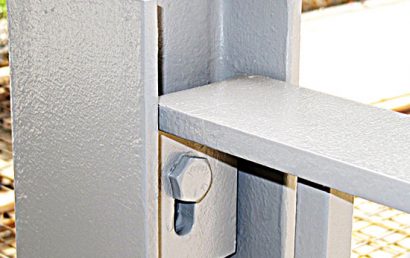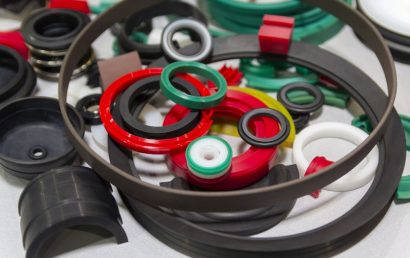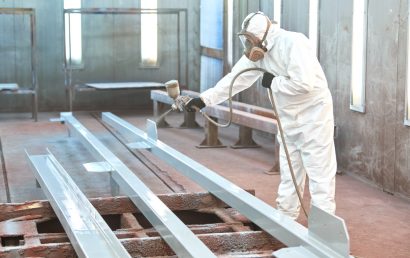Selecting Powder Coating Equipment: An Essential Guide
In various industries, including aerospace, automotive, and manufacturing, powder coating equipment plays a pivotal role. It’s essential to grasp the fundamentals for those seeking to enhance the durability and performance of their components.
Powder coating entails applying dry powder to a surface and curing it with heat. This method offers numerous benefits, such as increased durability, enhanced corrosion resistance, and reduced environmental impact.
Critical components of powder coating equipment encompass the spray gun, powder feed system, curing oven, control system, and recovery system. Each of these elements contributes to a successful powder coating process.
Evaluating Suppliers
Selecting the right powder coating equipment supplier is a decision that profoundly influences the quality and efficiency of the coating process. Several critical factors should guide your evaluation of potential suppliers:
First and foremost, consider a supplier’s experience and reputation in the industry. A track record of reliability and a positive reputation indicate a trustworthy supplier.
The breadth of a supplier’s product range is crucial. A diverse selection of equipment options, ranging from spray guns to curing ovens, ensures your specific needs can be met.
Quality and reliability are paramount. Seek suppliers who adhere to industry certifications and standards to guarantee that the equipment meets required benchmarks.
Outstanding customer support can significantly enhance your experience. Look for a supplier who offers training, technical assistance, and maintenance services to ensure smooth operations.
While cost is a factor, prioritize value over the lowest price. Investing in high-quality equipment can lead to long-term cost savings and improved overall performance.
Quality Assurance
Consistency and high-quality results in powder coating are vital for successful industrial applications. To achieve this, focus on the following aspects of quality assurance:
Implement rigorous testing and inspection processes to identify defects or inconsistencies early in the coating process.
Maintain control over temperature, humidity, and powder flow rates throughout the powder coating process to ensure consistency.
Invest in employee training to ensure that your team is proficient in operating and maintaining the powder coating equipment. Knowledgeable operators significantly impact the quality of the final product.
Keep meticulous records of your coating processes, including materials used, equipment settings, and quality control checks. This documentation aids in identifying and addressing any issues that may arise during the coating process.
By understanding the basics of powder coating, carefully evaluating potential suppliers, and implementing robust quality assurance measures, you can make informed decisions and achieve exceptional results in your industrial finishing endeavors.
Safety and Compliance
When operating a powder coating facility, ensuring safety and compliance is non-negotiable. Prioritizing safety safeguards your employees and keeps you in the good graces of regulatory bodies, preventing costly legal consequences. Here’s what you should consider:
Safety protocols must be clearly defined for every step of the powder coating process. This includes providing employees with the appropriate personal protective equipment (PPE), such as gloves, goggles, and respiratory protection.
Adequate ventilation in the workspace is essential. It prevents the inhalation of potentially harmful powder particles and fumes. A well-designed ventilation system is your ally in maintaining air quality.
Hazardous materials might be part of the process. Proper storage and handling of these materials are not optional. Ensuring compliance with safety regulations in this regard is vital. Training employees in safe handling procedures is equally crucial.
Waste generated during the coating process must be disposed of following environmental regulations. You can also adopt recycling and waste reduction practices to align with sustainability goals.
Keeping tabs on local, state, and federal regulations related to workplace safety and environmental protection is a continuous effort. Regular audits should be carried out to confirm ongoing compliance.



